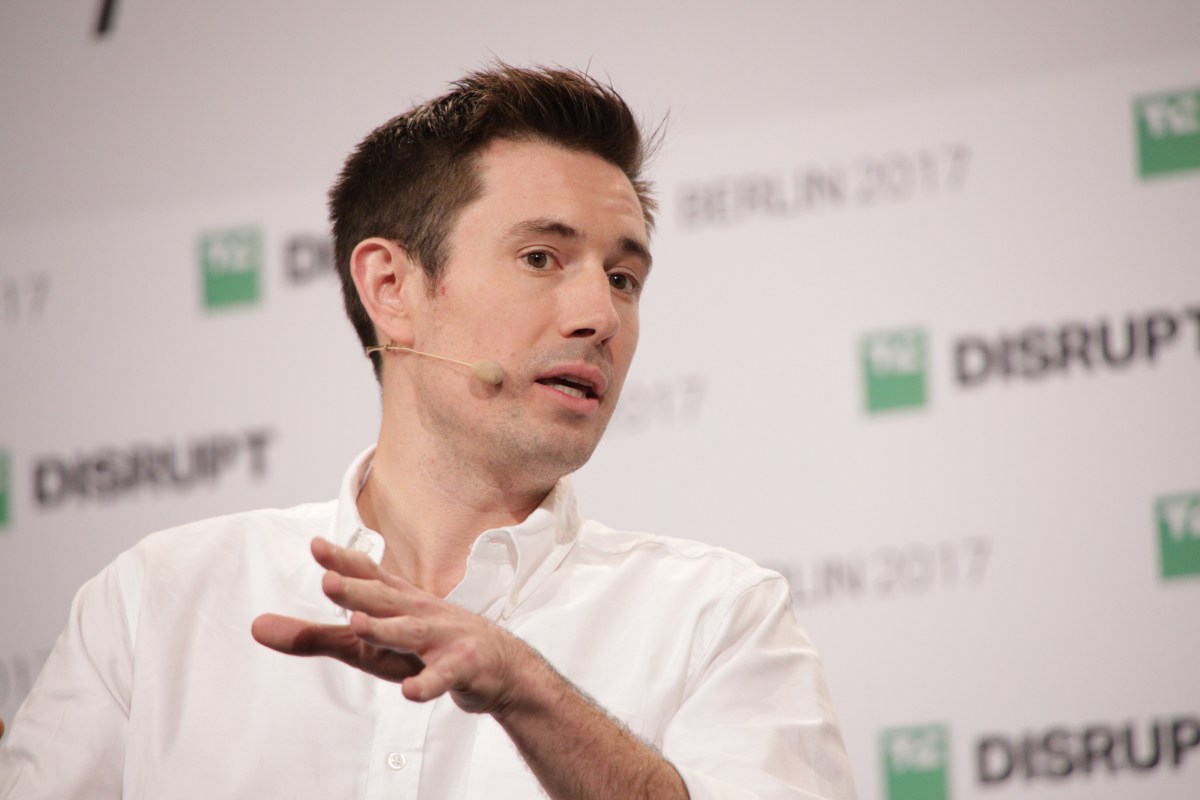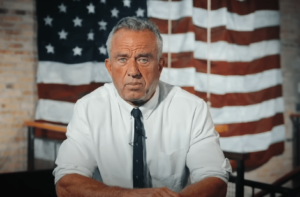
A few weeks ago, Uncork Capital shared the news that it recently closed on $400 million in capital commitments across two new funds: $200 million for a seed-stage vehicle and another $200 million for an opportunity-style fund that mostly aims to support startups that are already part of its portfolio.
The funds represent twice what Uncork raised in 2019 when it last announced two new funds, and late last week, managing partner Andy McLoughlin told us that the firm is likely to invest 70% of that money into B2B software startups. While some of Uncork’s highest-profile wins have come from consumer brands, including Fitbit, Postmates, and Poshmark, the 19-year-old outfit has stakes in enterprise outfits like the 401(k) service provider Human Interest and the developer software business LaunchDarkly, and it’s more dazzled these days by, for example, dev tools, infrastructure opportunities, vertical industry software and traditional enterprise software.
“We think there are a lot of really interesting opportunities in consumer and marketplaces and in fintech, but [B2B software] is certainly the bread and butter of what we’re doing today,” McLoughlin said.
We were also curious about the changing composition of Uncork, and what McLoughlin is seeing as the broader market, where the tech world’s gloomy headlines don’t match up so neatly with the many startups that continue to announce funding. Catching McLoughlin at Uncork’s current San Francisco office — it will be moving into a bigger location in the city later this year — he talked about how the market is shifting in real time. That conversation follows.
TC: Congratulations on your news funds. You’re the one who announced them on Medium. Meanwhile the peers of [Uncork founder Jeff Clavier] are starting to segue into other things. I’m wondering if we’re seeing a succession plan playing out.
AM: This was always the ultimate goal. Jeff wanted to build something that was going to be bigger than him and would outlast him and that’s the beginning of what we’re putting in place right now. But as of today, Jeff is still fully involved as a GP. He’s not going anywhere. He still has his big French opinions.
Most opportunity funds are reserved for one’s portfolio companies. Is that the case here, too, or will you shop outside of it?
Actually, for the first time, we’ve given ourselves the latitude to look elsewhere and carved out up to 20% of the fund to look at net new names. It’s entirely possible that100% of it goes into the existing portfolio. When we look at the companies and the opportunities there, we could probably invest that $200 million two or three times over just into the portfolio. But if it’s potentially a deal that I had done as an angel before I joined the team or a deal that Tripp or Susan led at the Series A (before joining Uncork) and it’s going to raise a Series D, we wanted to give ourselves the ability to take a look at those without having to bend the rules and go to [our limited partners] for approval.
Is there less competition now for later-stage deals than early stage? Where are you seeing more investors showing up and trying to write term sheets?
Oh, it’s really busy at seed. I do think that long-term, there’s going to be a contraction at seed, and that a lot of seed firms are going to go away as fundraising is a lot more difficult. But for now, there’s still a lot of cash sloshing around. And to be clear, we don’t write small, participatory pre-seed bets and we don’t get involved at Series A or Series B with our first check. What we do is we lead or we co-lead seed rounds.
As for Series A, it’s kind of the haves and the have-nots. If you’re building a super-hot generative AI business, you’re going to have cash thrown at you. If it’s something that maybe all of a sudden isn’t in vogue anymore, it’s a lot harder.
A lot of deals get done and aren’t announced, but it seems like Uncork has been quiet aside for some deals announced earlier this year. Have you been investing more quietly, or have you become more cautious in this market?
There was certainly a period where everybody was in price discovery mode, but I kind of feel that was kind of maybe last March until last September. We were certainly quiet then. I don’t think we wrote any seed checks in that period, and that was the longest we’ve ever gone without making a new investment. But really, from September onwards, we’ve been very active. What we tend to find is that when we invest in a seed company, the announcement may not happen for many months.
You’ve said you’re willing to fund people who are just getting started and sometimes haven’t even written a line of code yet. How do you gain the confidence to back someone like that, especially if that someone is a new founder?
The way I think about very early-stage investing is you’re kind of looking at three axes of risk: There’s market risk, people risk, and then technology risk. I’m generally okay with taking risk on one of those, and when we’re looking at a team that’s really just getting started, that’s the technology risk. If you think they are incredible and they have a unique perspective, if you think the market is big and interesting, then the piece of risk you’re taking is on their ability to execute and build technology products.
What’s one representative deal?
There’s a deal that Tripp had done last year — probably the first one after that hiatus that I mentioned — and it was a pair of founders who’d come out of Postmates, which was an investment that Jeff had led way back when that ultimately exited to Uber and did really well. The CEO was a very early employee; I think she was employee 15 at Postmates, and she’d wound up running its civics program and working on ways to ensure that the food [it was delivering to non-responsive customers] didn’t go to waste.
I think what she saw through that was that the returns culture — not so much in food but more in durable goods — in the U.S. is just absolutely insane. There’s some wild percentage of goods bought in the U.S. and returned, like 50% or something, and 80% of those goods just end up in landfill. Her insight here was that there’s a network of charities who would make great use of these things [while helping stores turn these into] charitable donations, which could then act as a tax on offset. . . . It’s still very early, but they understand the market, they’ve built this technology in the past, this feels to me like a risk that we’re comfortable with. Probably the biggest challenge for the business going forward is finding a way to make [what it does] more scalable, but there are any number of startups that deal with logistics that they can tap.
What other big shifts are you seeing in the aftermath of so much froth in recent years?
I think a lot of the smaller seed funds that blossomed in the last five or six years are going to find that after having blown through capital on a one-year or 18-month cycle a few times, their LPs are kind of tapped out. Many high net worth, individual LPs are just going to say, “Look, you can’t keep coming back to the well. We need to see [distribution to paid-in capital] before we can recommit.”
A lot of operator VCs are probably going to get pressure from their companies and their board members to be focused on their [own] businesses.
I think Series A firms will continue to move down. Every Series A fund now has a seed program. But for us, that’s where the opportunities lie because we know we can beat them when we move quickly. The big funds need time, even if it’s a $2 million check. Smart entrepreneurs still realize, too, that there is still some signal risk in bringing in a top-tier firm that ultimately doesn’t lead their Series A.
And I think we’re going to see kind of a bloodbath in 2024 because so many startups at all stages have really kind of dug in and are making their cash last as long as possible. Companies that probably should have been fundraising this year are going to try to go out in 2024 or 2025 [to avoid a down round], but there’s going to be more businesses raising than there is cash to go around.






